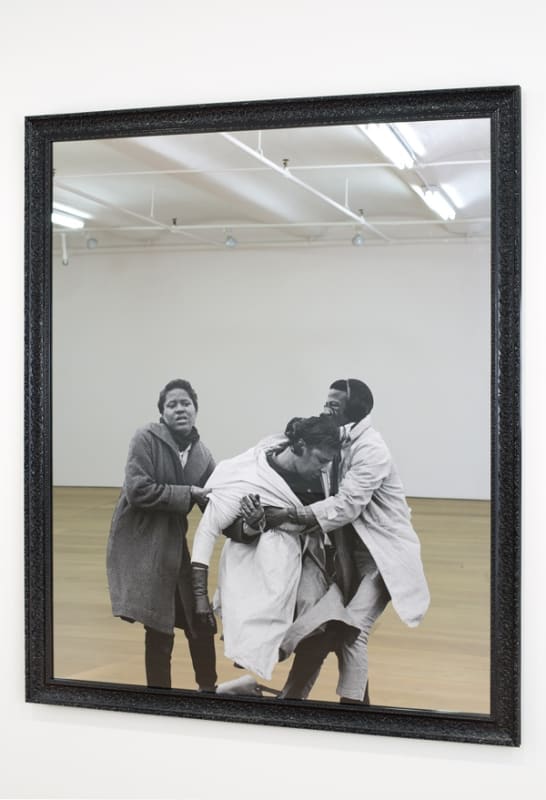From Generation to Generation: Inherited Memory and Contemporary Art at the Contemporary Jewish Museum explores Marianne Hirsch’s work on “postmemory,” which posits that even without direct experience, we identify so strongly with some historic events and ancestral stories that we take them as our own. Hirsch’s work and the exhibition examine the role of imagination within memory and the way that it shapes contemporary identity. In a dramatic range of striking works by twenty-four artists, the exhibition invokes the trauma of wars, genocides, and injustices from around the world, while also heralding many forms of resistance. Underlying the exhibition’s conceit, many works create speculative collisions of time and place that position historic moments within the present, moving beyond memorializing to making history resonate in today’s world.
Born in 1944, near the end of World War II, and informed by his father’s stories of being a Ukrainian Jew hiding from the Gestapo, Christian Boltanski has spent his career exploring the Holocaust. In Scratch(2014), the artist presents yearbook photographs of smiling children from a Jewish school in Berlin, many of whom were likely Holocaust victims. The shape of Boltanski’s work is suggestive of a figure; ten images are arranged in a vertical rectangle, topped with a centered image of a single face. A column of empty black frames in the middle creates a void that alludes to the incompleteness of his work, a subtly powerful indication that there are more children than are pictured. This dark column also implicates the viewer’s presence, such that with no faces pictured, one’s own image is reflected in the glass and surrounded by the children of the Holocaust.
Resonating with Boltanski’s work is the nearby piece by Hank Willis Thomas, Amelia Falling (2014). Here, Thomas appropriates Spider Martin’s 1965 photograph of Amelia Boynton—a leading figure in the march from Selma to Montgomery during the Civil Rights Movement—after she was brutally beaten by police officers on Bloody Sunday. In Amelia Falling, the artist has reprinted this iconic image onto a mirror, making viewers present in the work through their reflected image. In looking at the photograph of Boynton, a historic image that the world witnessed through pictures, viewers also confront themselves. Thomas creates a form of pictorial time travel, where the past and present collide, making all of us witnesses to history.

